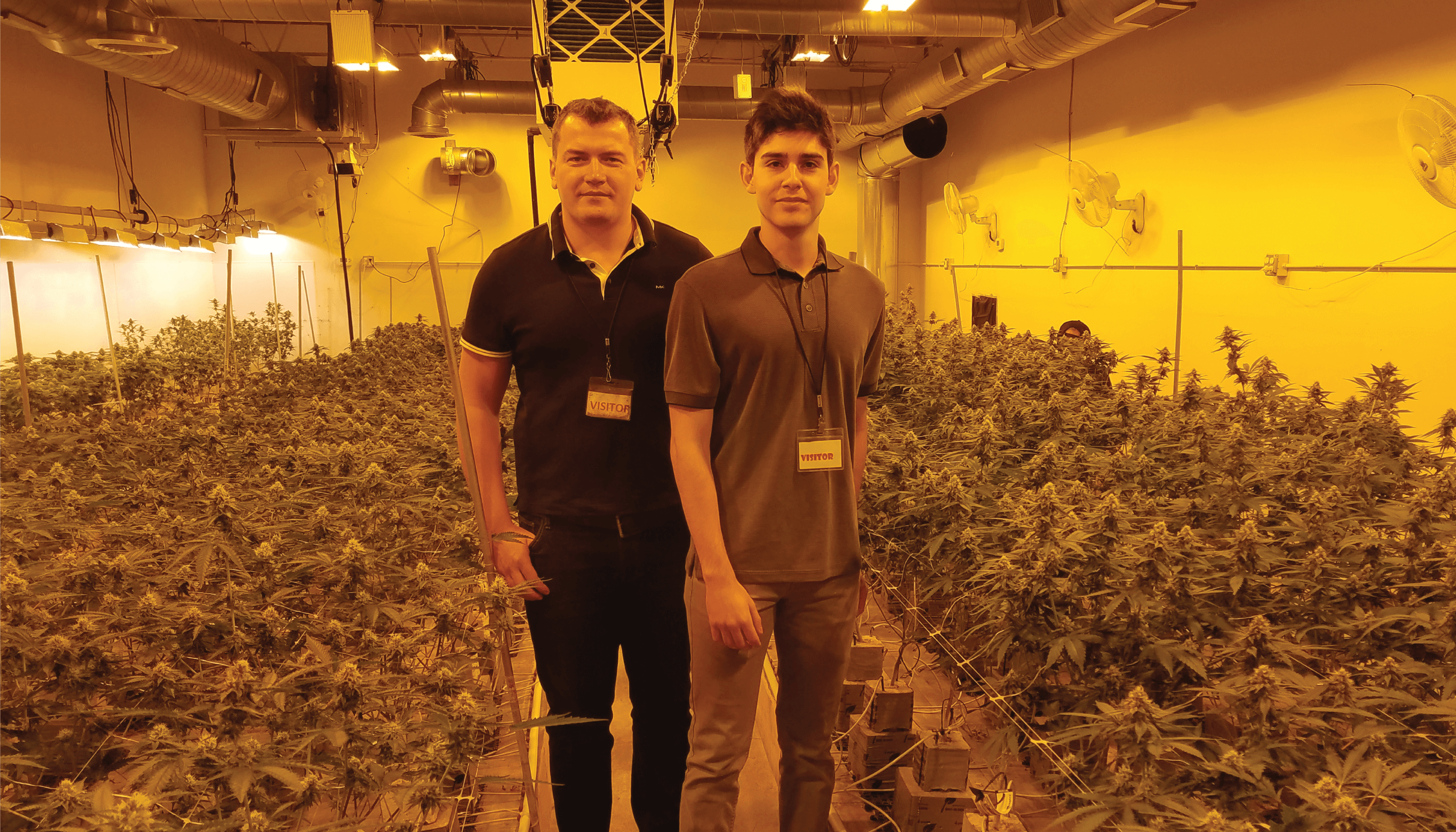Cannabis transport in the US is challenging: 11 states and Washington DC have legalized cannabis for recreational use, and medicinal use is legal in 33 states; 15 states have decriminalized it completely. In many states, the tetrahydrocannabinol (THC) content of hemp cannot exceed 0.3 percent by law – otherwise, it is considered cannabis. Clearly, there is a need for rapid determination of THC concentration.

Enter investigator Dmitry Kurouski – an investigator on the pulse of the issue. “We used Raman spectroscopy for non-invasive and non-destructive differentiation between hemp and cannabis with 100 percent accuracy,” he says. The method overcomes the usual drawback of more conventional near infrared cannabis detectors, which require dry, ground material – or high-performance LC methods, which are time consuming and laborious.
“Next, we plan to expand our method to identifying from which part of the US, Canada or Mexico cannabis and hemp plants originate,” says Kurouski.
References
- L Sanchez et al., RSC Adv, 6 (2020). DOI: 10.1039/C9RA08225E




